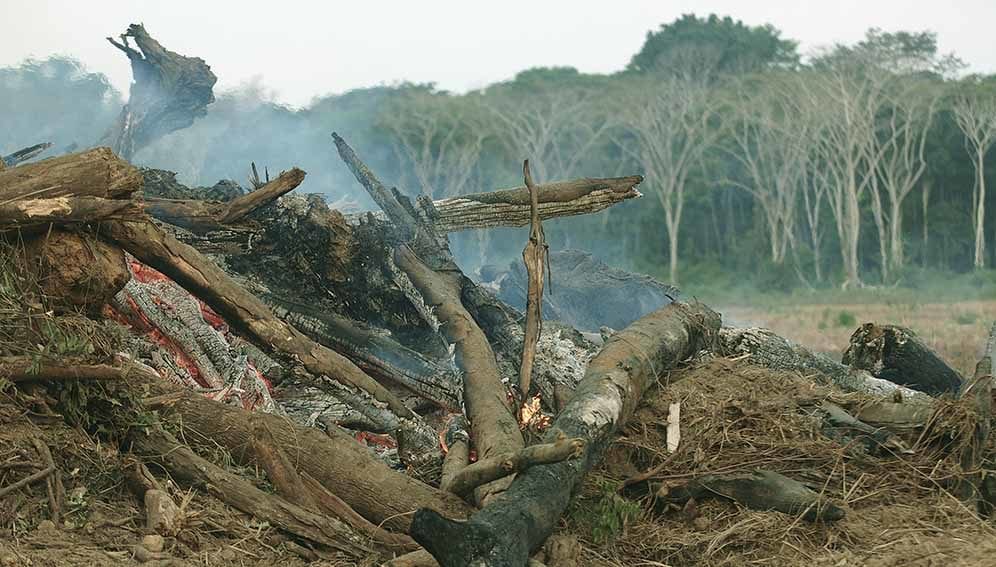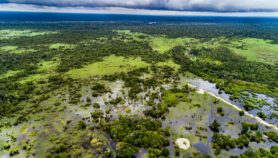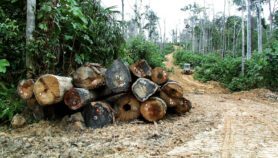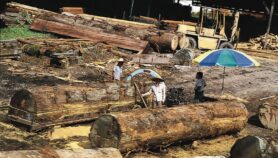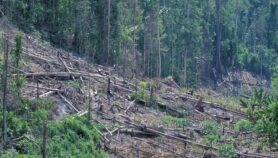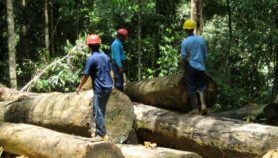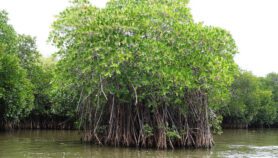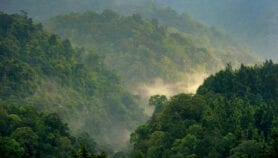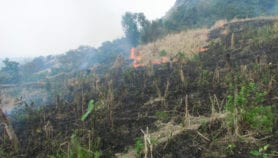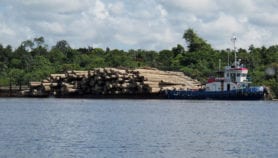By: Anita Makri
Send to a friend
The details you provide on this page will not be used to send unsolicited email, and will not be sold to a 3rd party. See privacy policy.
A chunk of tropical forest the size of Bangladesh, 15.8 million hectares, disappeared last year.
This is according to data released this week by Global Forest Watch, and it comes after record losses seen in 2016 – a downward trend that had experts and ministers raising the alarm at the Oslo Tropical Forest Forum this week.
Brazil lost about 3 million hectares due to fires and land clearing in 2017, while Colombia’s tree losses spiked as the country’s peace agreement made new parts of the country accessible again. Some of the changes are potentially irreversible, undermining the fight against climate change.
Is it enough to keep pushing the same strategies to stop deforestation? There was a mixed message in Oslo.
Carlos Nobre, a senior fellow at the Brazil office of the World Resources Institute (WRI), the organisation behind the data, believes that incremental progress is no longer enough.
Developing countries need to rely less on international cooperation and more on a new vision for development, according to Nobre. “We need disruptive change,” he said at a press briefing. “We have to dream a different future for the tropics.”
Nobre told me that with the help of genomics, forest products such as Amazonian acai berry, medicines and oils could be used to stem the relentless global deforestation better than current emissions reduction strategies alone.
In just a few years, cheap technologies will allow indigenous communities to map the genome of plant and animal species where they live, he said, in order to acquire intellectual property rights and gain value from them.
“Science tells us conclusively that we are running out of time,”
Carlos Nobre
Much of the remaining two days’ discussion struck a different tone. There were calls to work harder at current strategies, including a major global mechanism for reducing deforestation to cut emissions known as REDD Plus, through which developing countries get financial payments as an incentive to keep forests intact.
“I would say we’re not doing enough of what we [already] know what to do,” said Frances Seymour, Distinguished Senior Fellow at WRI and one of the world’s experts on forest issues.
Ola Elvestwen, the minister of climate and the environment of Norway, a major contributor to the Green Climate Fund, said the mechanism still has a crucial role. “I really don’t see what else we can do if we don’t do REDD Plus.”
REDD Plus has been running for about 10 years, and Elvestwen said good results need to be scaled up. But implementing the programme has been problematic – in Indonesia, for example, it has taken several years to put rules and regulations in place for the programme to work.One problem is that there’s no payment money making its way to indigenous people who conserve forests in Indonesia, in spite of data showing the scale of their contributions, according to Rukka Sombolinggi, Secretary General of AMAN (Aliansi Masyarakat Adat Nusantara), an Indonesian indigenous peoples' human rights and advocacy organization.
Nobre believes that finding new ways to value biodiversity is just as important REDD Plus.
“Science tells us conclusively that we are running out of time,” said Nobre, pointing to early signs that the Amazon is reaching a ‘tipping point’: deforestation now stands at 18 per cent, and on reaching 25 per cent it may not continue to act as a carbon sink.
“We don’t have 30, 50, 100 years left,” he said ‒ it’s a matter of just a few years before parts of the Amazon get replaced by tropical savannah irreversibly if the climate changes sufficiently.
Tropical forests soak up as much as 30 per cent of carbon from the atmosphere, but current trends put this at risk. Less carbon absorption would speed up global warming.
Nobre says that as things stand, soaking up enough carbon to stay within the 1.5 degree target ambitions of the Paris Agreement means that deforestation needs to stop – and forests restored – across a stretch of land “the size of India”, or 3 million square kilometres mostly in the tropics.
“I think it’s really doable,” he said. The key is to do this in 10-20 years using disruptive technologies.
I find it much easier to get on board with optimism when the message comes with fresh ideas on trying a different tack, not just more of the same.


